Unsung Heroes: Black Ceramicists
Yet you, LORD, are our Father. We are the clay, you are the potter; we are all the work of your hand.
– Isaiah 64:8
Ceramicists are inherently connected to the earth through their manipulation of clay, a material composed of soil and water. This elemental relationship between ceramicists and clay dates to the rise of humanity and its need for functional objects and aesthetic choices. Until recently, ceramicists and other practitioners of the plastic arts have been ancillary to the world of fine art—but shifts in market and institutional interest have raised their value and prompted a reassessment.
When we think about the history of America, as told through objects and collectibles, the African American (and Indigenous peoples) is implicit in the recount. Craftsmanship, including working with wood, iron, and clay for utilitarian and decorative purposes, was labor for enslaved people. For this reason, when considering the weight of ceramics in the art market, specifically the American market, it is crucial to discuss African-American ceramicists. As such, contemporary African-American ceramicists now command attention and market recognition for their practices. Below are five ceramic artists we’ve brought to the market over the past few years whose practices vary in subjectivity, aesthetic manipulation, and objective thought.
Yvonne Tucker
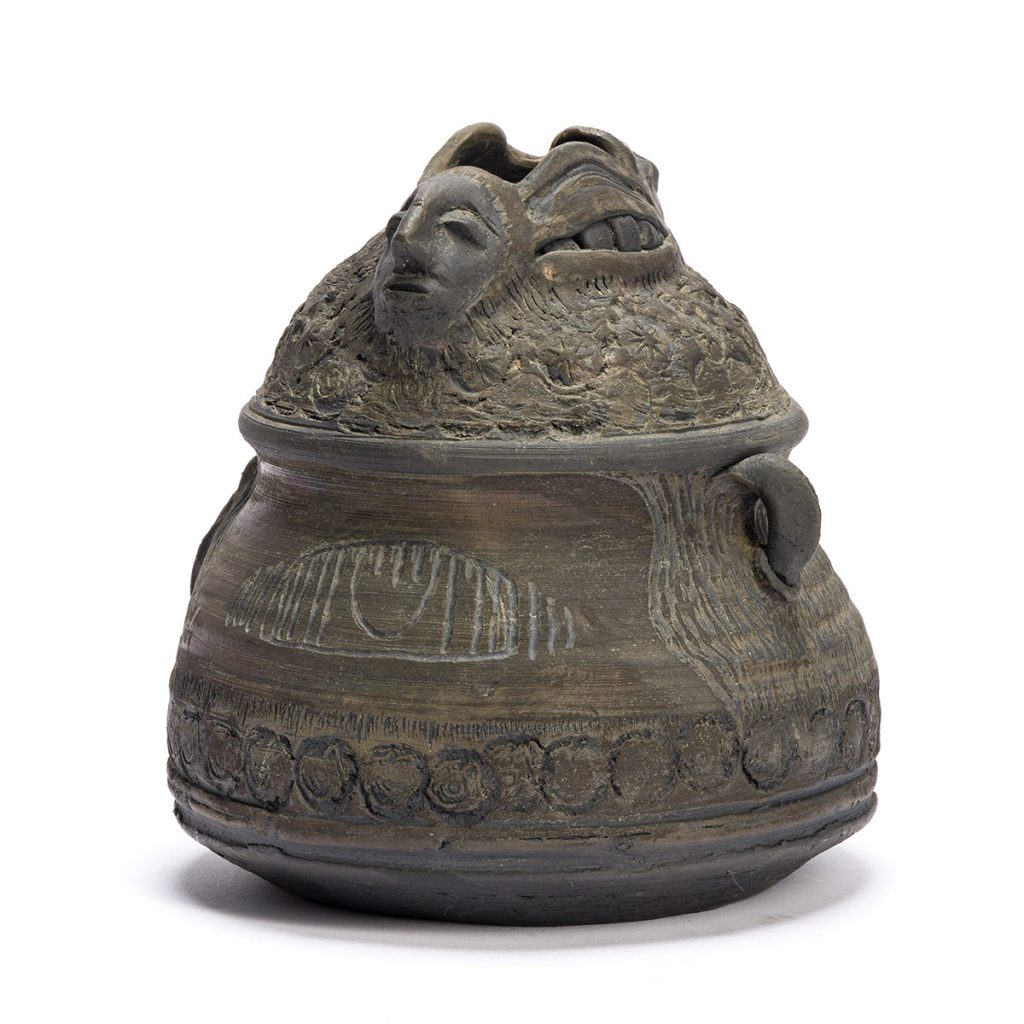
Born in 1941 in Chicago, Yvonne Tucker has practiced art since her youth. Originally a painter, she studied at the South Side Community Art Center and the Art Institute of Chicago. Focusing on painting in college, she graduated from the University of Illinois at Urban-Champaign in 1962, where she met Curtis Tucker, whom she eventually married. He visited her studio, leading him to fall in love with the medium and become a ceramicist himself. They led individual and joint practices that influenced each other. Tucker attended graduate school at the University of California, Los Angeles and completed her MFA in ceramics at the Otis Art Institute in 1968. She studied under ceramists Helen Watson and Michael Frimkess, as well as with Charles White, Joseph Mugnaini, and Herman Kofi Bailey. “I fell in love with clay at Otis (Arts Institute) in Los Angeles,” she said. “There was a very strong ceramic culture out west in the middle ’60s. I went to a school that had several of the leading potters there.”
After their gas kiln stopped working, Tucker and her husband combined Japanese and African traditional methods with contemporary techniques and African-American aesthetics, leading to a new form dubbed “Afro-Raku”. Raku is the Japanese ceramic practice of hand-modeled pottery that is fired at a low temperature and rapidly cooled, and used specifically for a tea ritual that began in the seventeenth century. While studying Raku, Tucker was also studying Congolese, Ghanian, and Nigerian pottery for the range of materiality used and their functions. The Tuckers’ travels throughout West and East Africa led them to find their identities and formulate new ideas on execution and design.
Tucker executed sculptural forms based on the human body that featured functional design elements. In the Tuckers’ joint practice, they created story-telling pots that one would throw, and the other would carve sgraffito images. Inspired by Jazz, Blues, and the Texas Tall tale tradition, their pots would depict the narrative of their families, all without ever repeating a shape. Her pots did not have a prominent glaze, but she wanted them to shine as if light was emanating from an inner source, inspired by the works of Nigerian potter Ladi Kwali.
Yvonne Tucker was an educator at Florida A&M University, Tallahassee, since 1973 and has received many honors and awards, including Anonymous Award for Ceramics, Otis Art Institute 50th Anniversary Exhibition, 1969, Blue Ribbon, Clay Glaze Miami, 1970, Best in Show Award, Florida International University First Annual Art Fair, 1973, Top Honors in Ceramics, North Florida Fair 1975, African American Institute and Howard University, Educators to Africa Grant, 1975, a National Endowment for the Humanities, Summer Seminar for College Teachers, 1978. She is profiled in Samella Lewis’s African American Art and Artists. Lewis p. 230.
Related Reading
Walter Williams
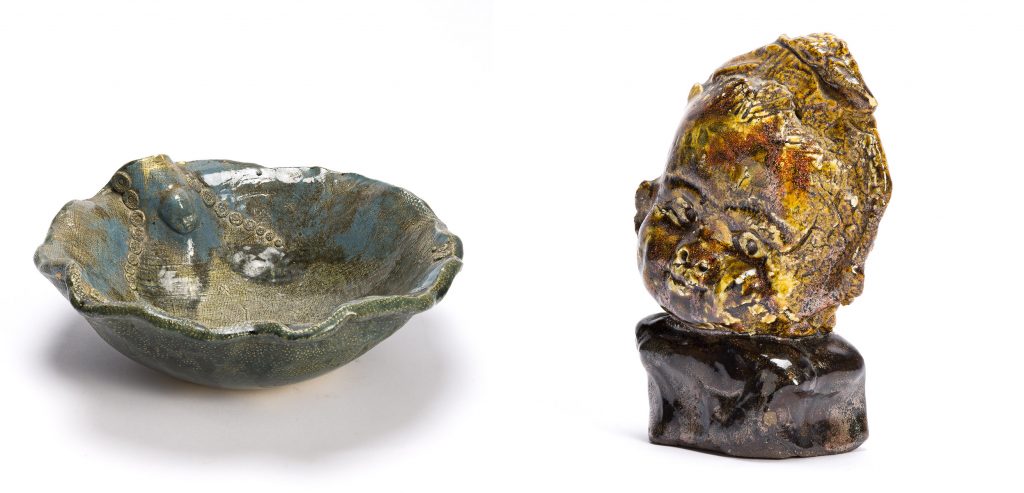
Untitled (Bowl) and Untitled (Baby’s Head) are two scarce ceramic works from Walter Williams due to the destruction of his studio in Denmark in 1980. Known as a painter, printmaker and ceramicist, Williams was awarded a John Hay Whitney Fellowship that he used to travel to Denmark in 1955. He chose the country because his maternal father was from the Danish West Indies, a former colony of Denmark, and had spoken to him about the country. He left for Denmark in 1956 and often visited its island of Bornholm, where he saw landscapes for the first time, his second wife Marlena, a ceramicist and Danish citizen.
In 1968, David Driskell tapped him to become an artist-in-residence in Fisk University’s Art Department in Nashville, where Driskell was chair. Williams was among six artists that Driskell hired to help build the department and took ceramic classes with Earl Hooks. Williams’ wife Marlena accompanied him, and they set up a studio. He developed ceramic practice and taught at Fisk for the 1968–1969 school year. At the end of his residency at Fisk, he assembled a farewell exhibit of his paintings, color woodcuts and pottery at the school. In 1969, he and Marlena returned to Denmark, where he continued to work and taught in his studio in Frederiksberg.
William E. Artis
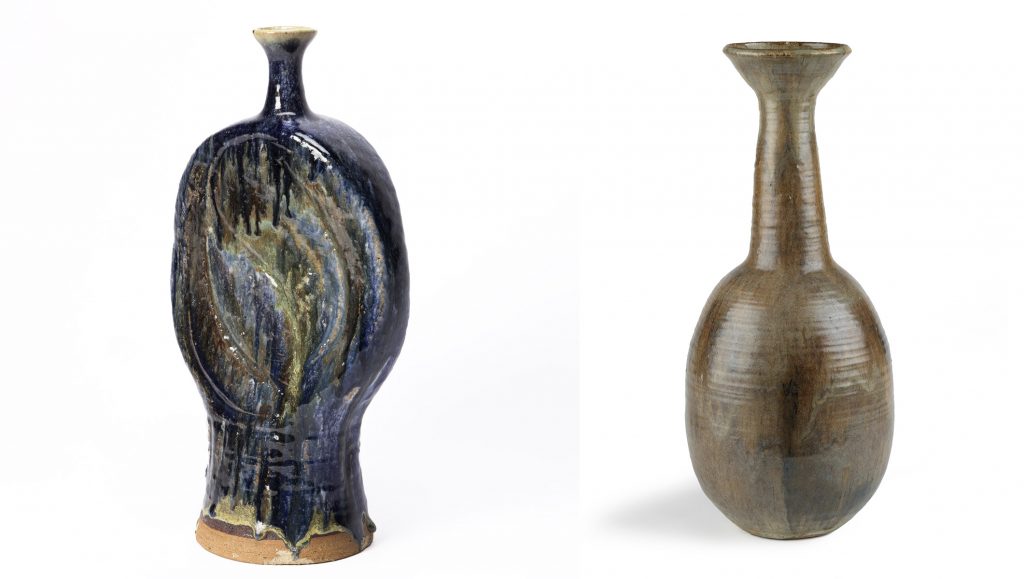
Born in Washington, NC, William E. Artis moved to New York during the Harlem Renaissance like fellow North Carolina native artists Charles Alston and Romare Bearden. Artis took private sculpture lessons with Augusta Savage and studied with Robert Laurent at the Art Students League with a Harmon Foundation scholarship. After service in the Air Force during World War II, Artis studied at the New York State College of Ceramics. He was awarded the Rosenwald Fund fellowship in 1946 and collaborated with the Croatian sculptor Ivan Mestrovic (1883- 1962).
William Artis moved to the Midwest in the early 1950s to teach art and to study the Sioux Indian culture – he taught at the Holy Rosary (now Red Cloud) School on the Pine Ridge reservation in South Dakota. He joined the Chadron State College faculty as an assistant instructor in 1954 – then named Nebraska State Teachers College. Artis was a professor of sculpture and ceramics at Chadron State College until 1965. Artis became an associate professor at Mankato State College in Mankato, Minnesota, until 1975. Artis received a retrospective at Fisk University in 1971. William Artis’s artwork today is in the collection of the Smithsonian American Museum of Art, the Museum of Nebraska Art, the Schein-Joseph International Museum of Ceramic Art, New York State College of Ceramics at Alfred University and Chadron State College. Schulman p. 134, Nolting pp. 58-59, 89.
William Artis continued to teach until his retirement in 1975, just two years before his death. Samella Lewis, the influential artist, scholar, and co-founder of , mourned his passing in the journal: “Earth . . . water . . . fire . . . air. From the dawn of his existence, man has used these elements to express his joys and sorrows and dreams. And so, we understand why clay was William Artis’s medium through which he expressed tenderness and hope. To the world of art, he left a rich legacy of sculpture and ceramics.”
Myrtle Williams
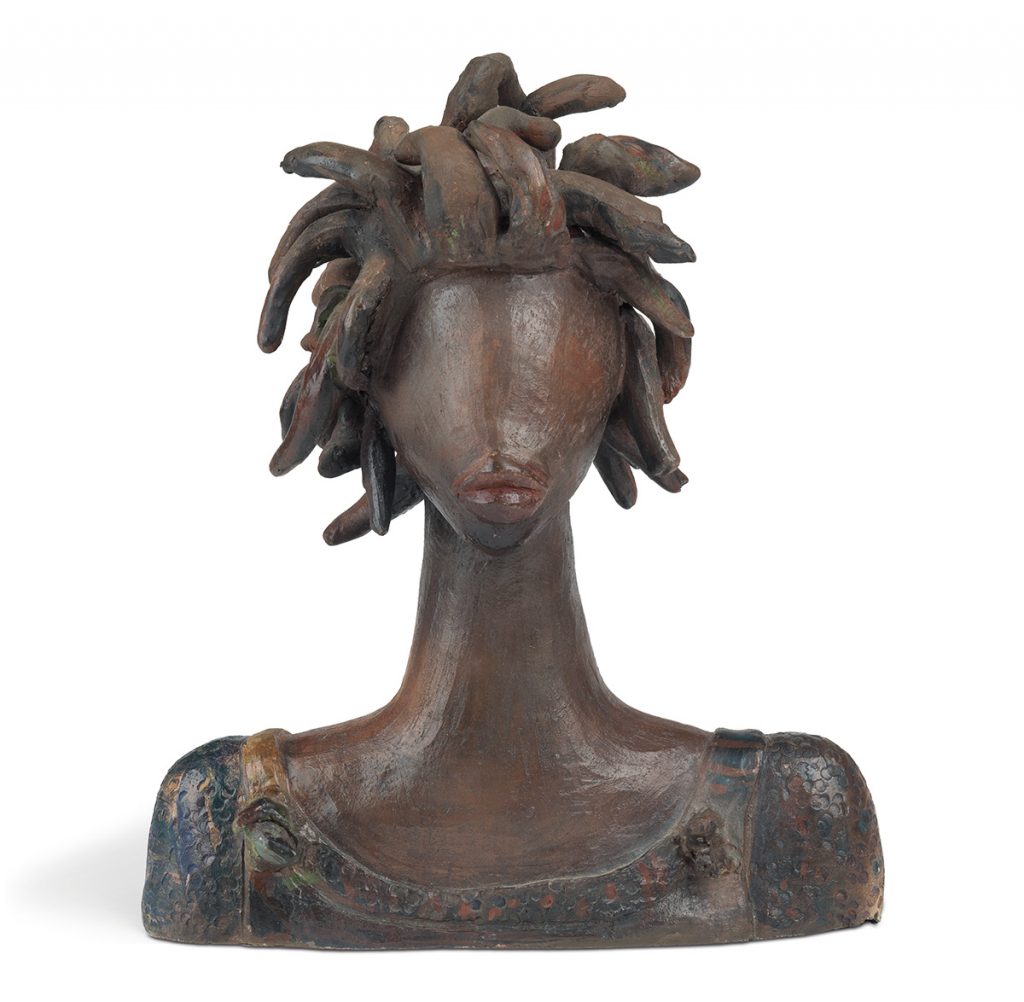
Myrtle Williams is a graduate of Beaver College with a degree in fine arts who also attended art classes at Montgomery County Community College, where she focused on ceramics. Williams’ hand-built sculptures depict black women as goddesses, where she pays tribute to women of the past, present and future. Her figurative busts of black women and vessels range in scale, reference, and finish. The mouths of her figures are always singing so they cannot be stripped of their voices. Inspired by black women singers, social figures, and leaders of change reflected in her different series. Her work has been exhibited in Pennsylvania, New Jersey, and Washington DC. Williams also worked as a studio assistant and taught classes as an adjunct instructor at Montgomery Community College after completing a residency program at the University of the Arts, Philadelphia. Recently Williams’ work has been exhibited with Salon 94 and Salon 94 Design.
Related Reading:
Earl Hooks

Earl Hooks was among the most significant Black ceramic artists of the 20th Century and the founder of Studio A, one of the country’s first Black-owned and operated fine arts galleries in Gary, Indiana. Born August 2, 1927, in Baltimore, Earl Hooks received a BA degree from Howard University in 1949, attended Catholic University in Washington, DC from 1949-51 and then received graduate certificates from both Rochester Institute of Technology in 1954 and the School of American Craftsman in New York in ceramics in 1955. He served as both professor and chair of the art department at Fisk University from 1961-67.
Hooks’ vessels featured astounding biomorphic shapes that epitomize his mid-career work in ceramics. It displays his commitment to exploring the relationships between design, balance, and form. Hooks rose to prominence due to his application of naturally occurring shapes to functional sculptures. His works take on bulbous shapes with intentional ceramic inclusions and a matte glaze that scatters reflected light in dispersed directions.
Hooks gained recognition for his use of monochromatic forms that maximized the inherent properties of his materials – creating his quiet and somber sculptural works. Artist and art historian Amalia Amaki has described Hooks as “committed to portrayals related to the African American experience and creative techniques that emphasized his keen understanding of the relationships between balance, light, harmony and space.”
The contemporary market value placed on twentieth-century African-American ceramicists reflects the recontextualization of a generation of artists that were overlooked. The practices of William E. Artis, Earl Hooks, Yvonne Tucker, Myrtle Williams, and Walter Williams are deeply rooted in their materialism, personal narrative, ancestry, and comprehension of the five fundamental elements of the earth. Influences that range from Women’s empowerment, naturalia, and craftsmanship are among some of the reasons why pots from ceramicists are sought after today.
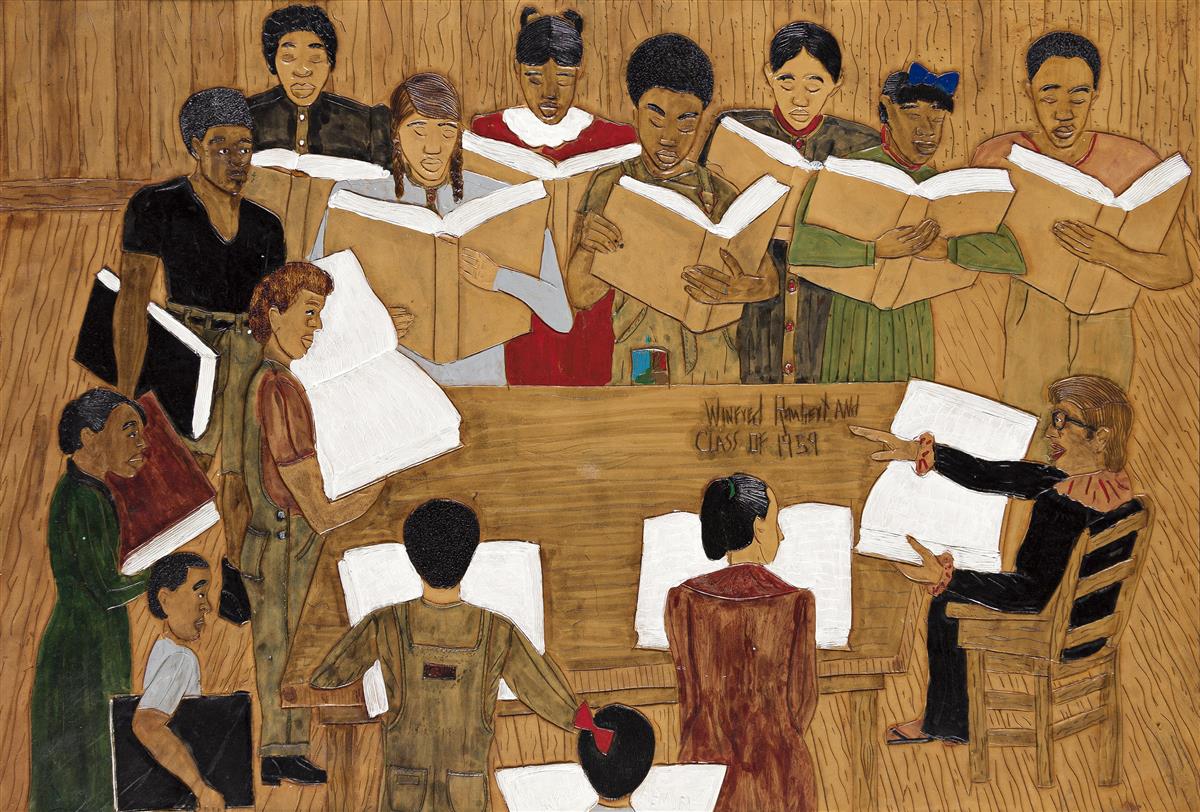

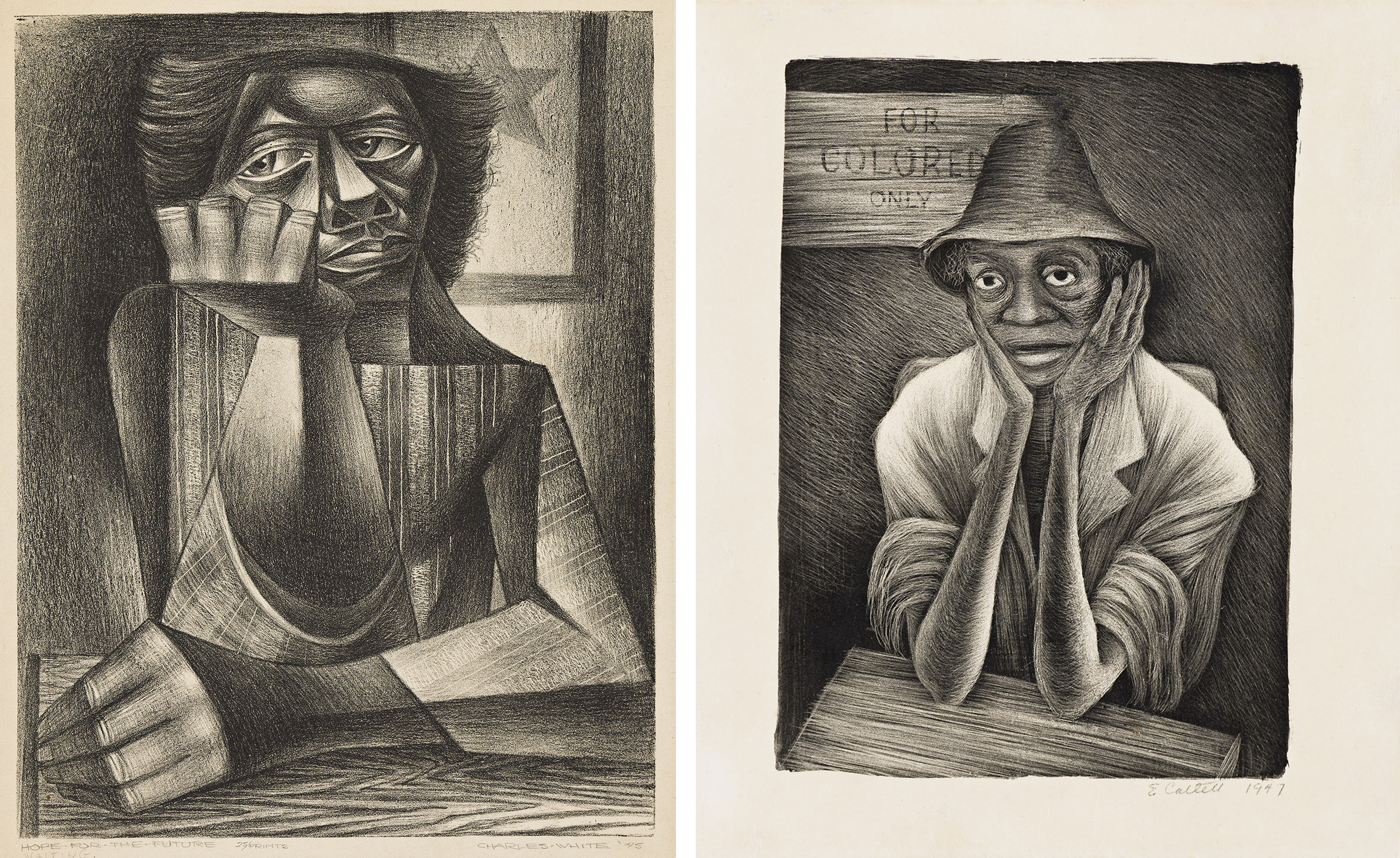













![Grace Meschery-McCormack shares about two copies of Fernando de Rojas’s ‘La Célestine,’ including a limited edition copy illustrated by Pablo Picasso.
At auction April 22. Learn more about the works at the link in our bio.
#Rarebooks #rarebookdealer #antiquarianbooks #auctions
_______________________________________
Music Credit:
Schubert - Piano Quintet in A major ‘The Trout’, D. 667 - IV. Andantino – Allegretto
Music provided by Classical Music Copyright Free on Youtube [https://tinyurl.com/visit-cmcf]
Watch: • Schubert - Piano Quintet in A major ‘...]](https://scontent-iad3-1.cdninstagram.com/v/t51.75761-15/491443494_18499096345036585_5935932878956098058_n.jpg?stp=dst-jpg_e35_tt6&_nc_cat=107&ccb=7-5&_nc_sid=18de74&_nc_ohc=QlZg0o3Vx4oQ7kNvwHlPDYS&_nc_oc=Admkx5CH3-5gNl9kFtE07uGBWzC1TrU8LutoXTk30m77fiWC0m2_oIjIUSQBbJE8mA8&_nc_zt=23&_nc_ht=scontent-iad3-1.cdninstagram.com&edm=AM6HXa8EAAAA&_nc_gid=ug2FTJSZlk2bA7d_6u98Cw&oh=00_AfKuxS7GX73un26jqQ-rUbZIygtd1ST6-oNoEzMquVAkuQ&oe=68276D11)

